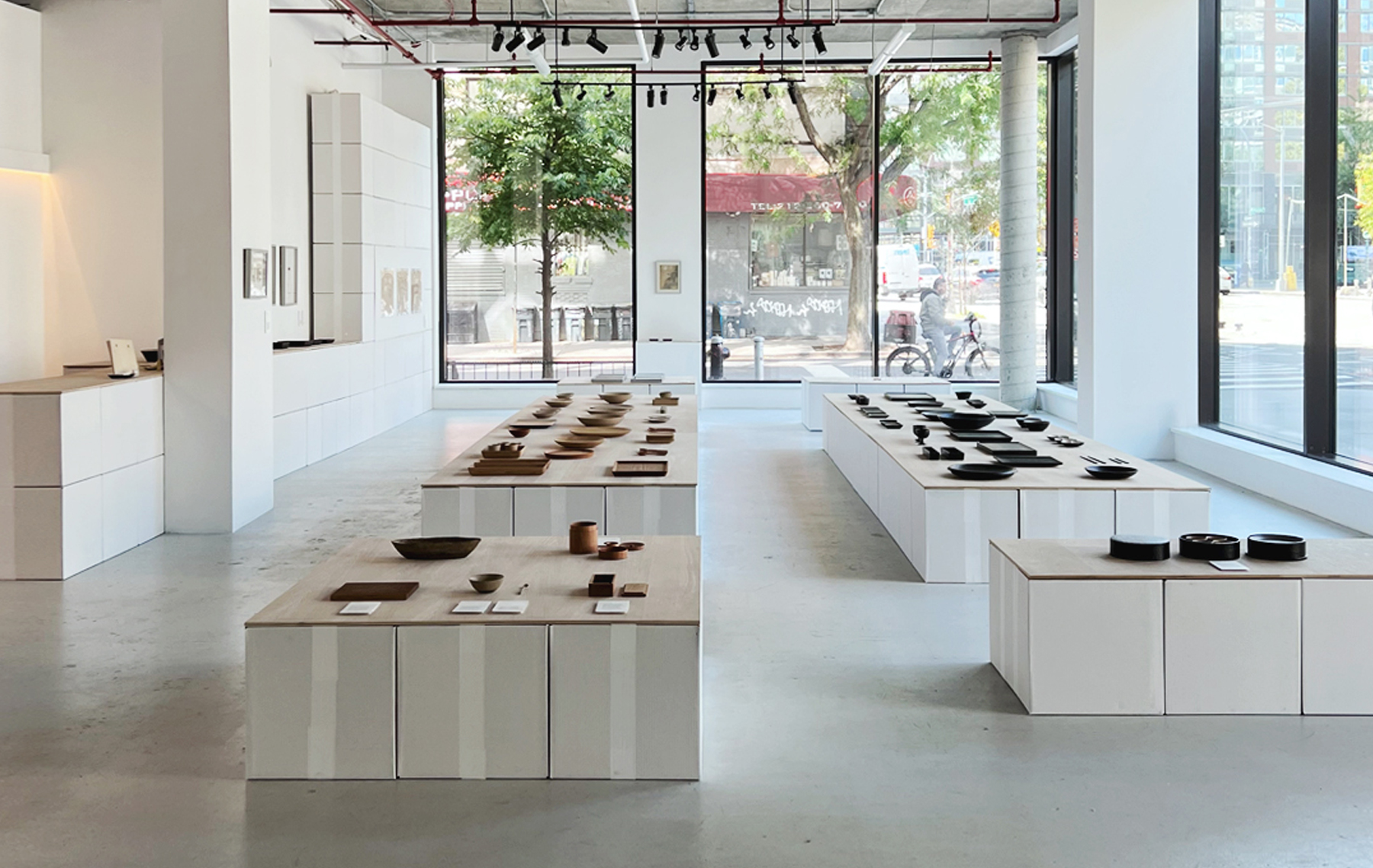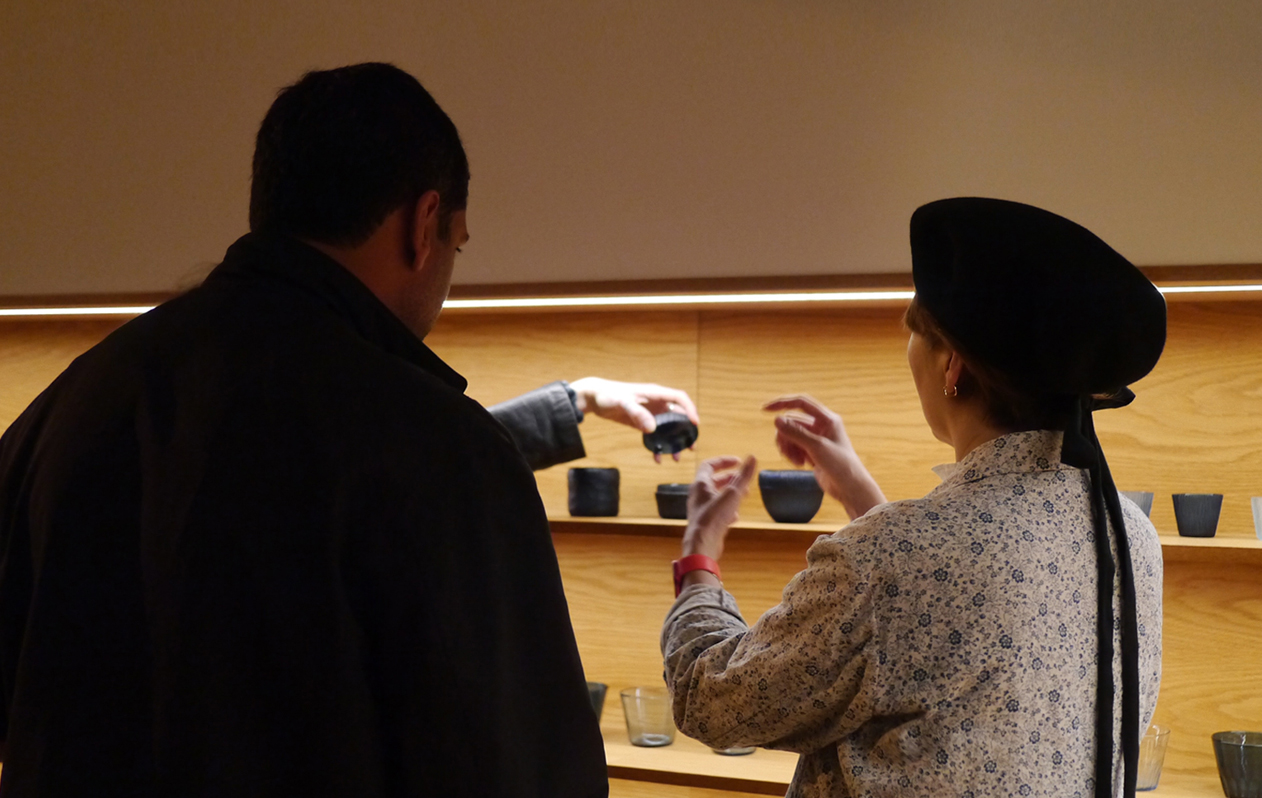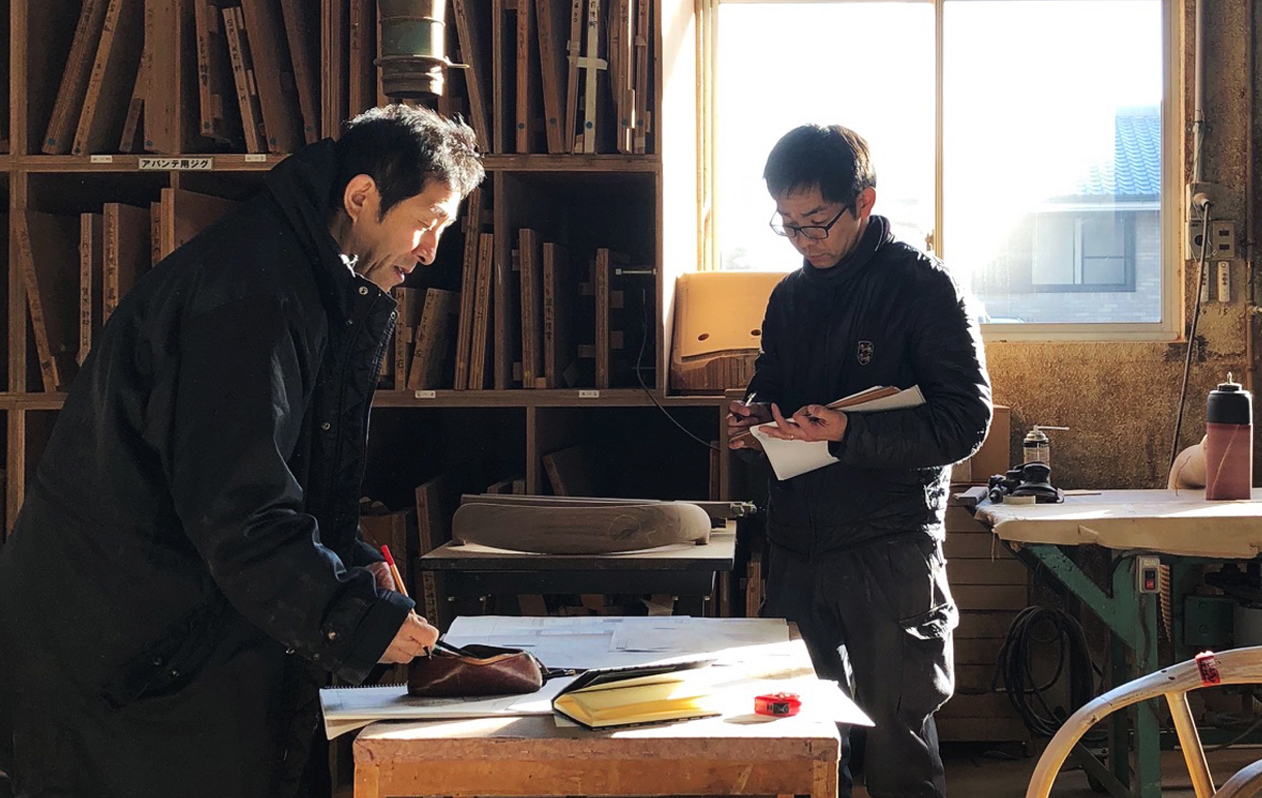Wood Cup by Nalata Nalata
When we first moved to New York as students, somehow managing to find an apartment in the East Village, we quickly began to notice how the pace of the city affected every part of our natural routines. We were eating out more, and much more quickly than we did in Alberta, weaving our way through the seemingly infinite corridors of downtown restaurants. The affect the city had on how we would eat, while still remarkable, was somewhat predictable. However, the ritual we became most fascinated by, and perhaps the most indicative of The City itself was our morning coffee.
When we arrived we knew nothing of New York coffee culture. Our exposure to coffee in Canada had been ordering a Tim Horton’s Double-Double back in university. Two creams, two sugars. We found ourselves becoming obsessive about coffee. So much so that when our friends and family came to visit they would inevitably comment on this routine as cultural proof that we had adopted New York’s customs.
Years later, in 2015, we opened our storefront a block away from our first apartment in the city. That building had been torn down and replaced with luxury condos, much as these things go in The City. But our obsession with coffee remained. Gasoline Alley Coffee, a small coffee shop between Lafayette and Mulberry with no seats that isn’t much more than a passage through a narrow block with an espresso counter became the administrator of our AM—and often PM— fix. Their specific eight ounce cup began to feel so familiar in our hands that when we would make coffee ourselves at home we wouldn’t feel nearly as satisfied. That’s when everything clicked.
We had always wondered why the classic “We Are Happy To Serve You” blue and white Greek coffee cup became synonymous with the image of New York. It wasn’t simple nostalgia. It was something much deeper. That cup was a cultural artifact, something that would always feel familiar to anyone who had lived through a specific era of The City. We had seen it reinterpreted by artists and designers over and over again, and only now did we realize it’s significance. The New York Coffee Cup was an inconspicuous signifier of one having crossed over to life in The City.
At the time of this realization we had been working with wood turning artisans in Japan. They specialized in turning mugs, cups and vessels, carved from single pieces of wood. We approached them about creating a perfect wooden analogue of our favorite paper coffee cup. They welcomed the challenge of producing such a deceptively complex form.
We went back and forth with numerous iterations, getting the walls of the cup even thinner, refining the rolled rim to the exact thickness that had become familiar on our lips, carving out the bottom a few millimeters to match the base of the original. We debated finishes and sheens; arriving at a subtle protective coating that won’t stain from daily use. The end result is so uncanny that it even feels like the paper original in your hands, making a similar sound as you rotate it between your fingers.
It’s difficult to comprehend that both objects started as the same natural material. One came to existence through industrial production; the other through artisanal mastery and craft. However, the wooden interpretation has a liminal aura to it. It doesn’t lose any of the cultural familiarity of the disposable New York coffee cup. In fact it does the opposite. It captures the exact feeling of holding a paper cup in your hands, with one difference: it pushes back at you. When you squeeze it, it doesn’t break or crumple, it bounces back and responds, just as wood does when you work with it. The wooden cup has its own lasting personality that will both be forever evocative of this moment in New York’s daily cultural history, while also expressing its own as it travels through its long life with each specific owner.
We are proud to share this object to the world, and hope it will become a lasting artifact, evolving beyond our own journey through the landscapes of New York, and Japanese craft.
Wood Cup available here.
Videography: Owen Smith-Clark



